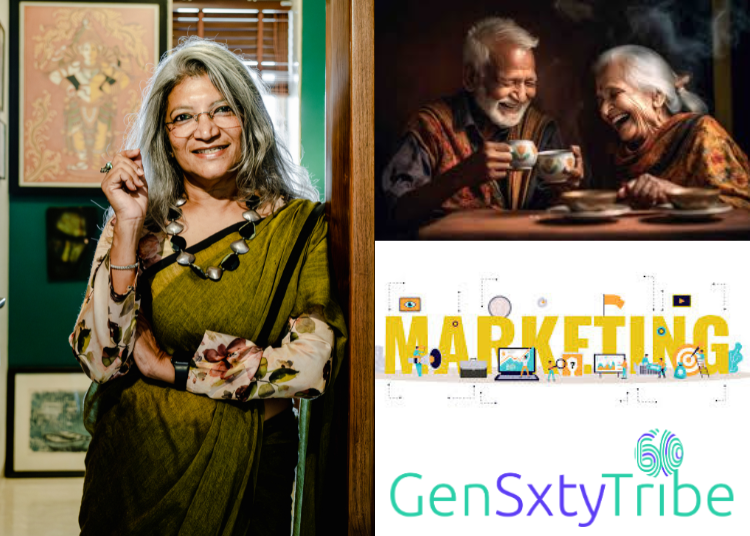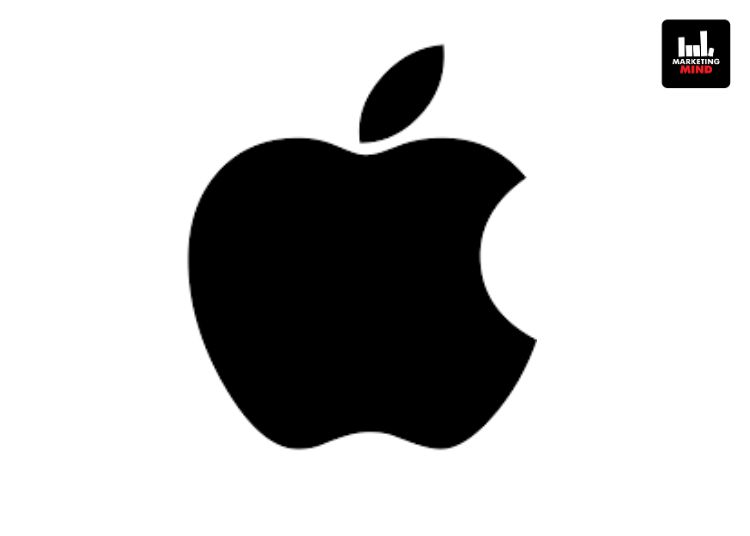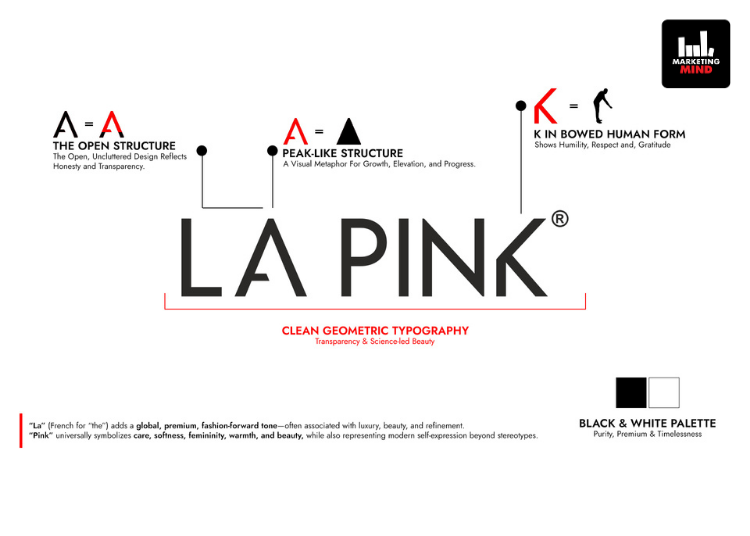Picture a grandmother posting her daily activities and crafting the perfect Instagram story or a retired executive from the pre-internet era suavely managing his investment portfolio through a mobile app or a 65-year-old entrepreneur who after careful evaluation dares to launch her fifth digital venture. Welcome to the new reality of the silver generation that’s rewriting not just demographics, but the very essence of how we tend to regard concepts such as age, technology, and social consumption.
Rewriting the rules of the game
The world is witnessing more than just a demographic shift. We’re experiencing a radical reimagining of what it means to be 60+. This isn’t retirement, it’s revival. Your Grandma is reviving her dreams and desires, just in a new fashion as she consciously chooses to spread her wings and soar freely through the skies. This is a dynamic revolution where the lines between digital natives and digital adopters are increasingly blurred as digital marketers fiercely compete to capitalize on this wave. Such a deep-seated change in marketing dynamics naturally calls for a shakeup of the old rules. No wonder, the outmoded marketing playbooks of the past are being cast out of the window.
As smartphones become extensions of our hands and tablets transform into windows to enormous possibilities, the ‘silver generation’ isn’t just living longer; they’re living smarter, more connected, and infinitely more engaged than any before them. They’re not just adapting to the digital age but helping shape it.
The Winds of change
The numbers speak volumes, but they reveal only half the story. India’s burgeoning 60+ population that’s projected to leap from 150 million to a staggering 340 million by 2050 represents more than mere demographic data. It embodies a transformation in consumer behavior that’s sending ripples through the marketing world. Many of these Silver Slayers aren’t passive consumers waiting for their children to make purchasing decisions; they’re savvy digital explorers charting their own independent course through the modern marketplace.
Gone are the days when reaching the silver generation meant running predictable ads in print media or relying on younger family members as technological intermediaries. Today’s 60+ consumers are diving deep into digital waters, navigating e-commerce with finesse, and demanding experiences that match their sophistication. They’re not just online – they’re online with purpose, seeking personalized connections that honor their life experience while embracing their future aspirations.
The brave and the bold
Yet, the marketing landscape remains stubbornly anchored in outdated perceptions. Ageism lurks in the shadows of countless campaigns, manifesting in condescending tones or, worse, complete invisibility.
Driven by fear of rejection, brands do not want to talk to the 60+ in public. They are worried about being rejected by the 30+ by the fear that the younger audience will not want to buy a brand that speaks to the older audience. So much of marketing is based on stereotypes that may have been anchored in reality at
some point of time. However this reality has changed and the pace of change is accelerating even more. People are living longer, doing better, wanting more out of life. Smart brands are waking up to this disconnect, recognizing that fighting ageism isn’t just about social responsibility – it’s about tapping into a goldmine of opportunity. They’re crafting narratives that celebrate the vitality, wisdom, and continued growth of the silver generation.
The future belongs to brands that understand the evolving preferences of this dynamic cohort. Today’s 60+ consumer craves digital convenience but demands authenticity. They seek wellness solutions but reject the notion that aging needs “fixing.” They embrace technology not as a necessary evil, but as a tool for enriching their lives and maintaining independence.
To thrive in this new landscape, brands must:
- Design digital experiences that respect both the wisdom and the tech-savviness of their silver users
- Create content that speaks to their aspirations rather than their limitations
- Build communities that foster genuine connection while celebrating individual autonomy
- Develop products and services that enhance life quality without patronizing their users
The winners in this space will be those who recognize that marketing to the 60+ isn’t about simplifying or dumbing down – it’s about elevating the conversation. It’s about creating sophisticated, nuanced campaigns that acknowledge the complexity and richness of their lives.
Conclusion
The silver revolution isn’t coming – it’s already here, powered by smartphones, enriched by digital communities, and driven by a generation that refuses to be defined by age alone. For brands willing to embrace this transformation, the opportunities are boundless. The future of marketing lies not in chasing youth, but in celebrating the vibrant, tech-savvy, and increasingly influential silver generation. The question is no longer whether to engage this powerful demographic, but how quickly brands can evolve to match their sophisticated expectations and dynamic lifestyles.
















